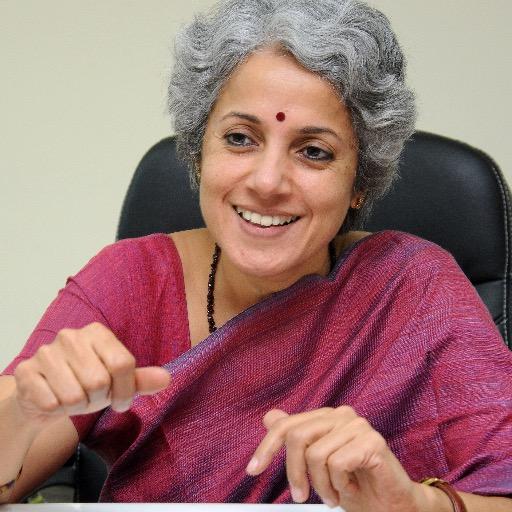
Fewer COVID-19 cases not always a true indicator of epidemic: WHO expert

Lower number of cases may not be the right indication of the actual extent of the epidemic, Dr Soumya Swaminathan, chief scientist, World Health Organisation (WHO), said on Tuesday (March 17), in apparent reference to India’s 100-odd COVID-19 cases and three deaths against thousands of cases and hundreds of deaths in Europe.
Addressing a webinar ‘International Update on COVID19’ organised by the Tamil Nadu Dr MGR Medical University and the Indian Medical Association, Dr Swaminathan from Geneva, Switzerland, pointed out that a lower number of cases being reported, especially in south-east Asia, would mean two things.
“Either the area is protected from the impact of the virus or the testing is inadequate. We have seen that the number of cases spike when there has been more testing,” she explained.
Sharing the numbers, she said that south-east Asia, which includes India, Bangladesh, Sri Lanka, Thailand, Indonesia and Maldives, recorded 367 COVID-19 cases and 16 deaths.
“In the last 24 hours, there have been 110 new cases from five countries, including 23 from India, while nine deaths have been recorded (all from Thailand). In the same region, there are countries like North Korea, Myanmar and Timor which have not reported any cases,” she pointed out through a presentation.
With about 1.65 lakh cases and over 6,400 deaths reported from 150 countries, including smaller ones like Suriname, across the globe between December 31, 2019 and March 16, 2020, the WHO had declared the coronavirus-induced disease as a pandemic.
Europe, which is the new epicentre of the pandemic, has had 54,937 cases and 2,300 deaths, out of which 600-odd deaths have taken place in the last 24 hours.
Also read | Test every suspected corona case, says WHO chief as Europe locks down
Noting that the number of cases outside China have exceeded those in the country, which was the origin of the novel coronavirus, she added that Italy was witnessing what China saw when the disease peaked.
“This is usually three weeks after the numbers begin to increase rapidly. We have also seen that the action taken during the course of the epidemic also show results after three weeks; which means that for any strategy adopted today, the outcome will be visible only after three weeks,” she observed.
Hails China, South Korea’s fight
Praising efforts taken by countries like China and South Korea, Dr Swaminathan explained that they relied a lot on technology and public health communication to curb the spread.
The countries scaled up testing without overcrowding facilities. “While China used drones and apps to reach out to the infected, South Korea brought about the drive through testing for coronavirus.”
“Crowding hospitals and medical facilities to get tested for the virus is a disastrous thing to do, as it means a further spread of infection. China also had people coming home to collect specimens and the results delivered on their phones with the instructions,” she added.

